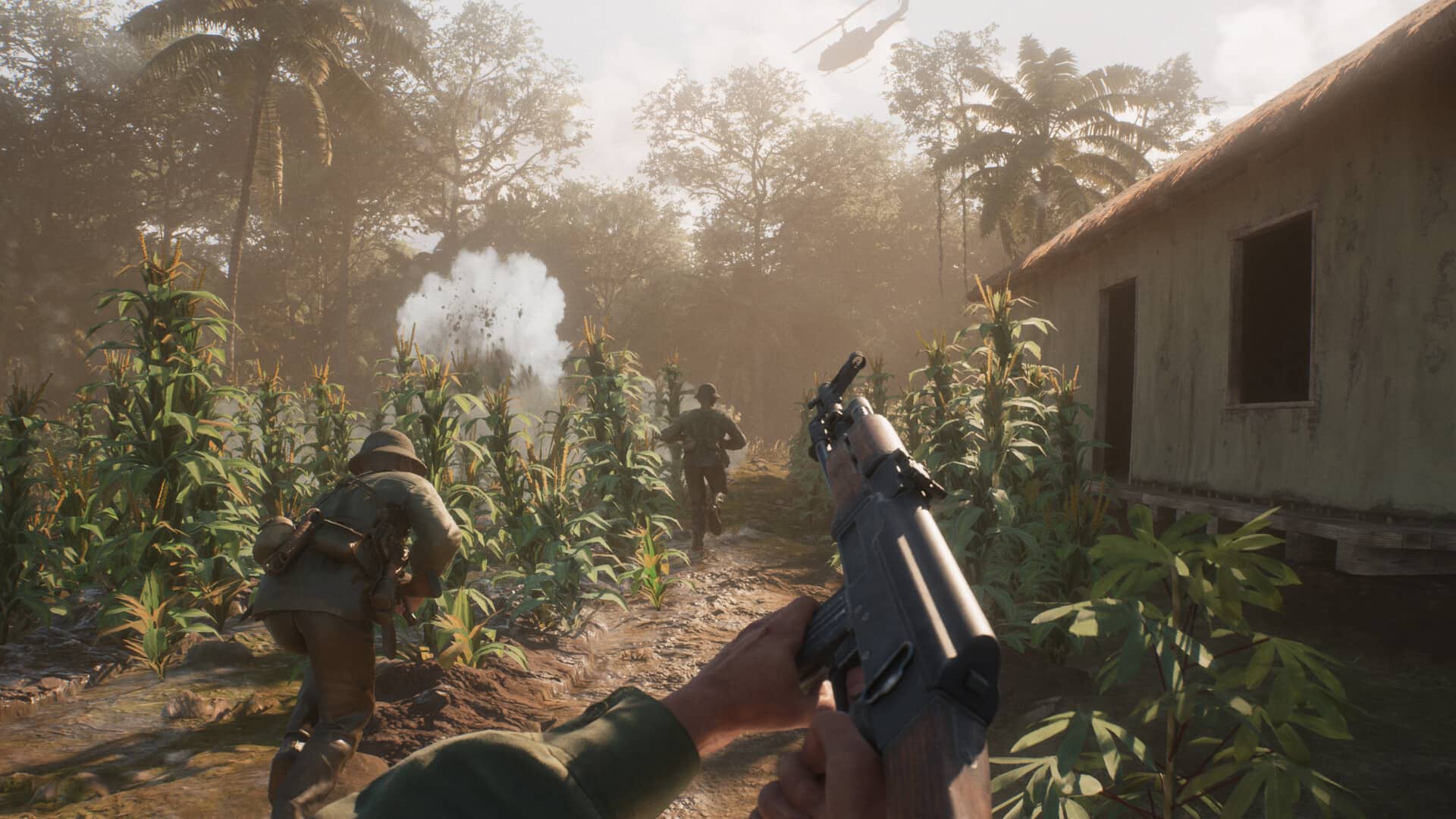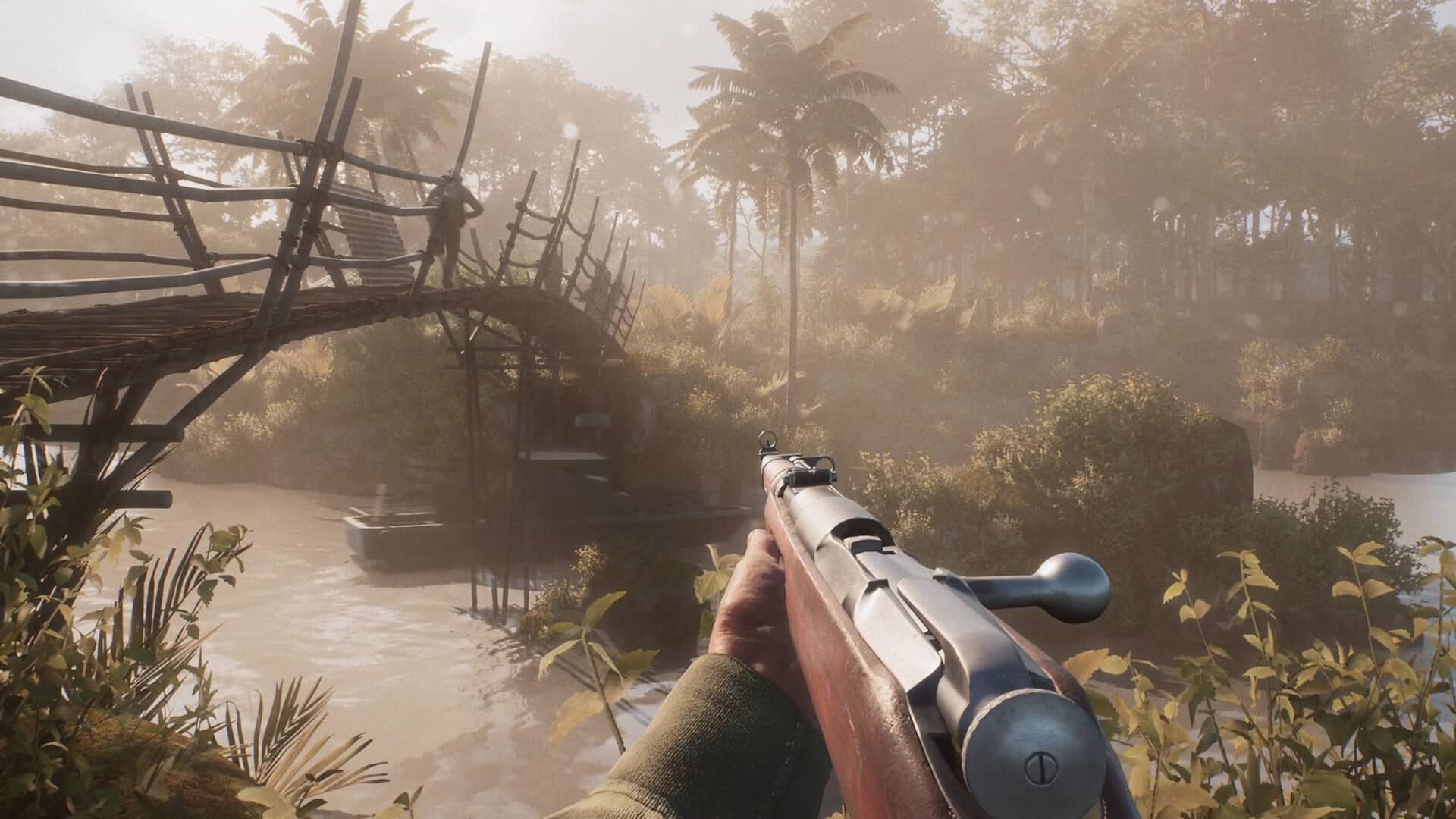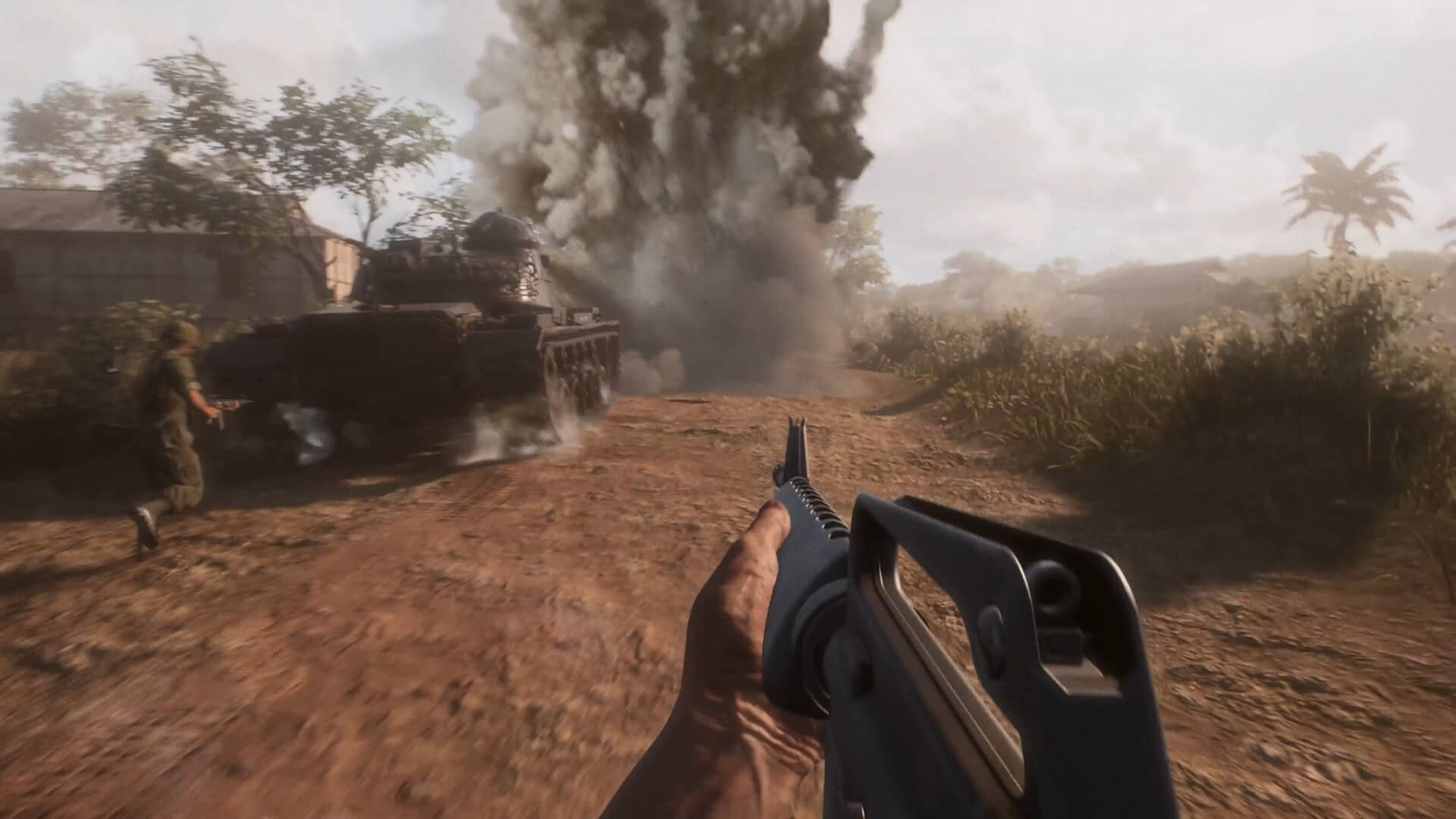Estimated reading time: 6 minutes
Hell Let Loose: Vietnam — The Battlefield Shifts to Southeast Asia
A new chapter in tactical warfare is coming. Hell Let Loose: Vietnam, the next major entry in the Hell Let Loose franchise, will launch in 2026, following its world premiere at the Future Games Show during Gamescom 2025. Built entirely in Unreal Engine 5 by Expression Games and published by Team17 under Everplay Group, the sequel migrates from World War II’s muddy hedgerows to the tangled humid jungles of Southeast Asia. It’s doing more than reskinning old systems—it’s redesigning the front line of large-scale, immersive first-person combat.
A Return to the Front
Unlike the original Hell Let Loose‘s Early Access debut in 2019, Vietnam is aiming for a full-scale, out-of-the-gate launch across PS5, Xbox Series X|S, and PC (via Steam and Epic). This positional leap reflects in its gameplay systems and presentation. The franchise has already generated over $100 million in lifetime revenue and has seen peak concurrent player counts over 144,000—figures that give this sequel serious backing and expectation.

Expression Games, which co-developed HLL starting in 2023, now takes the lead. The team is leveraging not just prior experience, but a new theatre of war with asymmetric combat potential. The 50v50 format returns, but a jungle terrain and Vietnam-era hardware bring tactical complexity. Players familiar with the original will recognize the disciplined spacing, punishing lethality, and cooperative necessity—but now there are twists like swimming speed, dense foliage concealment, and helicopter insertions.
Battlefield Roles Widen and Deepen
A total of 19 combat roles span Infantry, Recon, Armour, Mortar, and Helicopter units, each suited for their own layer of terrain dominance. The US-exclusive helicopter unit is especially notable: pilots, crew, and gunners turn vertical mobility into a distinct tactical axis, offering supply runs, combat insertions, and suppression drops. This is a franchise-first, and its success will depend on terrain interaction, view distance clarity, and spawn mechanics syncing cleanly under pressure.

NVA forces, meanwhile, bring their own unique strategic tool: player-built tunnel networks. These underground passages can be constructed mid-match, offering flanking alleys, hidden spawn points, and stealthy troop movement. If executed well, they could upend choke points on maps and allow less tech-favored factions to outmanoeuvre air-lifted US squads.
Vehicles expand beyond HLL’s ground armor focus, introducing patrol boats (like the PBR), along with transport and fire-support helicopters. Details on the boat implementation are still vague—river systems and crossings haven’t been fully shown—but it speaks to a wider scope of battlefield design.
A Jungle Worth Fighting For
Six battlefield maps will ship with the game, each large-scale and layered with lighting and weather variants. According to the Steam listings, maps are influenced by significant combat operations, though which operations—and whether anything like Operation Starlite or Piranha makes the cut—remains unconfirmed. That said, community speculation hints at a more narrative-rich approach to map environments, reflecting key terrain features and force compositions from real campaigns.
Modes include the returning Warfare and Offensive templates, plus four entirely new and unannounced styles. These new modes could introduce alternate pacing, maybe even smaller-scale tactical matches or urban incursions, but specifics are light for now. The original HLL’s mode structure emphasized layered front lines and resource nodes—it’ll be interesting to see if Vietnam experiments further with asymmetrical objectives or morale systems.
Learning Curve and User Experience Get a Lift
Onboarding is getting a serious shot of modernization. A revamped tutorial system and updated UI figure prominently into the formal store pitch, showing a commitment to clarity and accessibility—the area where HLL 2019 struggled most. With new movement features like fast crawling, swimming, and climbing, new players will need that guidance fast. The UI refresh remains unseen, but one can hope the team avoids turning into a cluttered mess—minimalism and responsiveness suited HLL’s original war room aesthetic well.

Drag mechanics now let players pull wounded teammates to safety, reinforcing Hell Let Loose’s punishing commitment to realism. It’s a small touch with massive gameplay implication: longer firefights, harder medical decision-making, and more frontline turnover. How this feature interacts with map scale, medic availability, and suppression zones will likely define the squad cohesion meta once things go live.
A Clean Line Between Fact and Rumor
Despite some community hoping for additional factions like the ARVN, USMC, or Australians, no such sides are confirmed. For now, it’s strictly NVA vs. US forces. Likewise, although map names being thrown around suggest real-world referents, the official page only vaguely claims “key historical operations” as inspiration. Hell Let Loose has never been about tight scripting or reenactment—it’s lived off the friction between real-world tech and dynamic player autonomy. That philosophy still seems intact here.
There’s also no mention of Early Access—PC Gamer’s early preview implies a clean, singular launch. That’s bold, given the franchise’s sandbox complexity, but likely supported via the strong commercial legs still under the original Hell Let Loose, which continues development even into the sequel’s release window.
Anti-cheat systems now include kernel-level Easy Anti-Cheat drivers on PC, and all platforms will benefit from integrated cross-play. That’ll ease player base fragmentation—a major boost for a game whose experience relies entirely on population and cohesion. Official support for 10 languages at launch also ensures broader accessibility beyond its core audience.
Too Early to Call, But It’s Not Too Early to Get Hyped
From what we’ve seen, Hell Let Loose: Vietnam isn’t just a palette swap—it’s an expansion of design, technology, and wartime philosophy. It aims to increase verticality and density without losing Hell Let Loose’s heart: brutal lethality and tight coordination.
New heat, new systems, but the same unforgiving battlefield—that could be exactly what this franchise needs to thrive in a landscape saturated with arcade shooters. If Expression Games can maintain the performance and scale of HLL’s best theatres while carving new ones from Vietnam’s terrain, the next few years of tactical multiplayer might belong to them.






